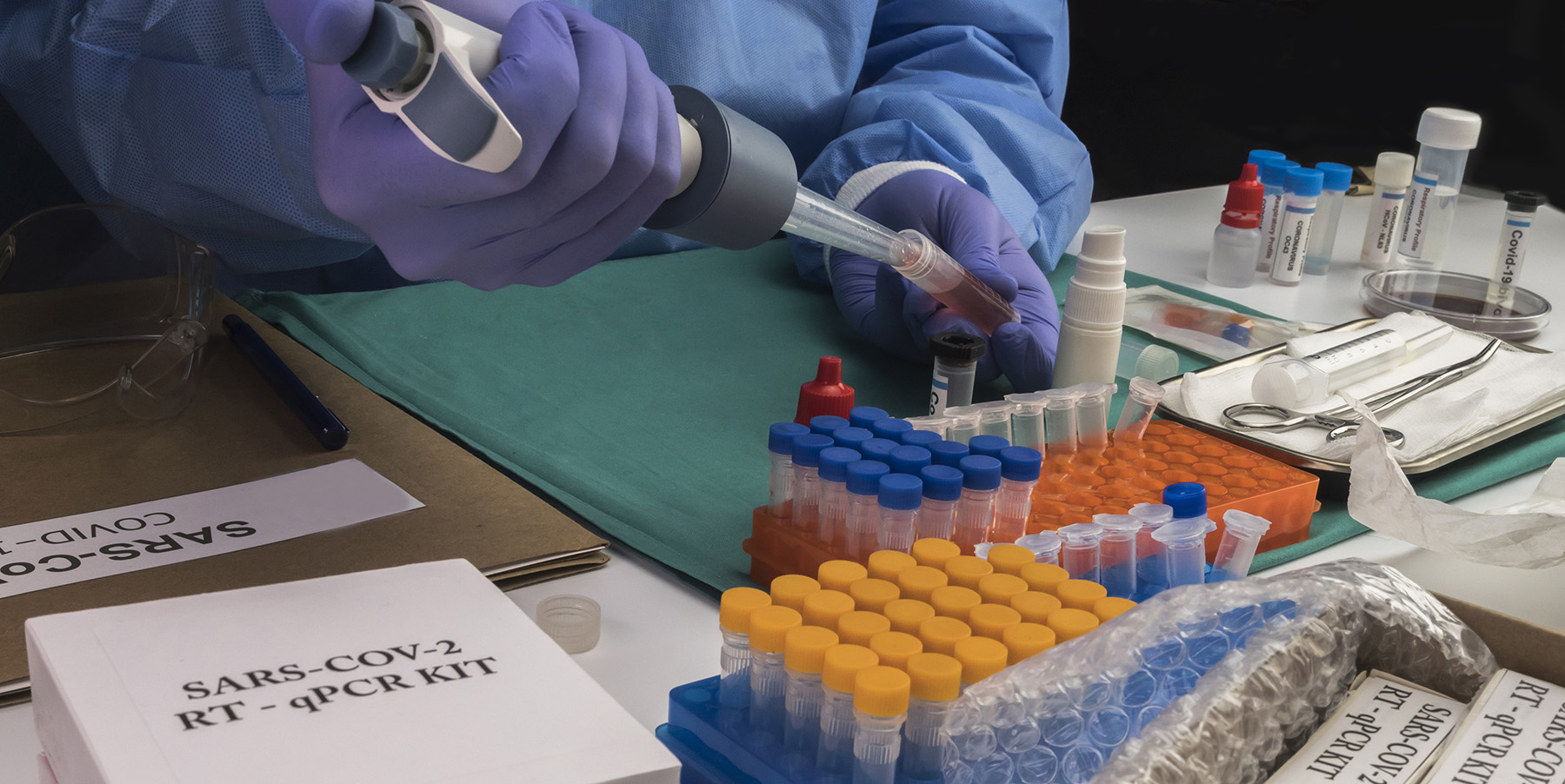COVID Reinfections: What You Should Know

We’ve heard the story or lived it ourselves. Someone gets sick with COVID-19 and thinks she’s immune. Then symptoms — scratchy throat, body aches, maybe chills and fever — return, and that second line on the home test confirms the unwelcome surprise.
Yes, COVID reinfections have become a fact of life. There are no hard numbers on the rate of reinfections. Yet, anecdotally, we know that second and sometimes third coronavirus cases are becoming more common. In short, COVID is not a one-and-done illness.
Blame it on SARS-CoV-2’s uncanny ability to mutate, and mutate, and mutate.
“Our antibodies should recognize and neutralize the virus, but they don’t with the new variant,” explains Dushyantha Jayaweera, M.D., FACP, an infectious disease researcher at the University of Miami Health System. “It manages to elude our immune system.”
The risk of reinfection “increased substantially” with omicron, according to a study published in March by researchers in South Africa, where omicron was first found. By now, everyone has heard of the omicron sub-variants, BA.4 and BA.5, currently the most dominant strains in the country, according to the U.S. Centers for Disease Control and Prevention.
They’ve proven to be highly transmissible and appear to dodge the immunity in people who have had both vaccinations and prior infections.
In fact, these newer subvariants of omicron are so good at evading your antibodies that you can catch COVID again even if you had the original version of omicron. Vaccines now on the market are also not as effective against these strains, according to the CDC.
Britain’s Office for National Statistics (ONS) found that reinfections were 16 times more likely during the omicron wave than during the previous delta wave.
The variants’ stealth is due to various factors, Dr. Jayaweera adds.
BA.4 and BA.5 have mutations that allow for the virus’s signature spike protein to more efficiently bind to the ACE-1 receptors in our cells and infect us.
And while scientists have an initial understanding of how this works, “we still don’t know how many times you can get COVID,” he cautions. “Even the studies [recently conducted] have a lot of caveats.”
That said, here is what we do know:
COVID will continue to mutate because that’s what viruses do.
Viruses don’t want to kill you. They want to infect you and survive.
Dr. Jayaweera
For instance, even as BA.5 gets all the attention, researchers have already identified yet another omicron subvariant, now known as BA.2.75. It’s been found in several countries, but it’s too soon to tell if it will be more contagious or virulent.
The good news is that “every time a virus mutates, it may have to give up something,” Dr. Jayaweera adds. “So far, that hasn’t happened [with COVID].”
You likely have a shorter time between infections than you did in the past. In other words, your protection wanes more quickly than you think.
In one study out of Denmark, which has not been peer-reviewed, 60% of reinfections occurred less than two months after the first infection — and this was from non-omicron variants. Another study out of the Office for National Statistics in the United Kingdom found that up until mid-December 2021, when omicron had already been dominant for several weeks, the interval between reinfections ranged from 90 to 650 days, with the average being 343 days or nearly a year.
Yet, it also found that the shortest recorded gap between reinfections was 20 days.
Alarmed by the increase in reinfections, the Australian Health Protection Principal Committee (that country’s top health office) recently slashed from 12 weeks to 28 days the time a person is thought to have immunity from COVID.
Depending on the patient’s overall health, reinfections might be milder – or more serious.
Research from South Africa and Qatar points to prior infections serving as protection against severe outcomes in consequent infection for most people.
However, researchers who looked at the cases of almost 39,000 COVID patients in the Veterans Affairs St. Louis Health Care System found somewhat contrary results. Veterans with multiple infections had a higher cumulative risk of a severe illness or death. Researchers suggest that each infection is not necessarily more severe, but they carry a higher risk of a bad outcome.
Dr. Jayaweera takes these results with a measure of skepticism.
“You have to take into account that it’s not just [the virulence of the] virus, but also the health of the host,” he says.
In other words, an older patient with co-morbidities or a compromised immune system will react much differently to the virus than a younger healthy person. Certain conditions — diabetes, asthma, heart disease, organ transplants — make the patient more vulnerable to serious outcomes.
The probabilities of long COVID may increase with reinfections, even if you were fine the first time.
That’s because you can develop those lingering symptoms after every infection. The VA study, for example, found that with reinfections, some symptoms lasted as long as 6 months. While researchers can’t explain this connection — a simple correlation or direct causation — it does suggest there may be a link.
“We still don’t know many things about this virus, and it’s hard to say where this will end up,” Dr. Jayaweera says. “But we know there are precautions we can take to minimize our risk.”
- Get vaccinated and boosted. (New omicron-targeting vaccines are expected to be on the market by this fall.)
- Wear a mask.
- Wash your hands.
- Avoid crowded indoor places with poor ventilation.
In the end, prevention has long proven to be the best strategy.

Ana Veciana-Suarez, Guest Columnist
Ana is a regular contributor to the University of Miami Health System. She is a renowned journalist and author who has worked at The Miami Herald, The Miami News, and The Palm Beach Post. Visit her website at anavecianasuarez.com or follow @AnaVeciana on Twitter.
Tags: coronavirus, covid variants, covid-19 in Miami, Dushyantha Jayaweera
